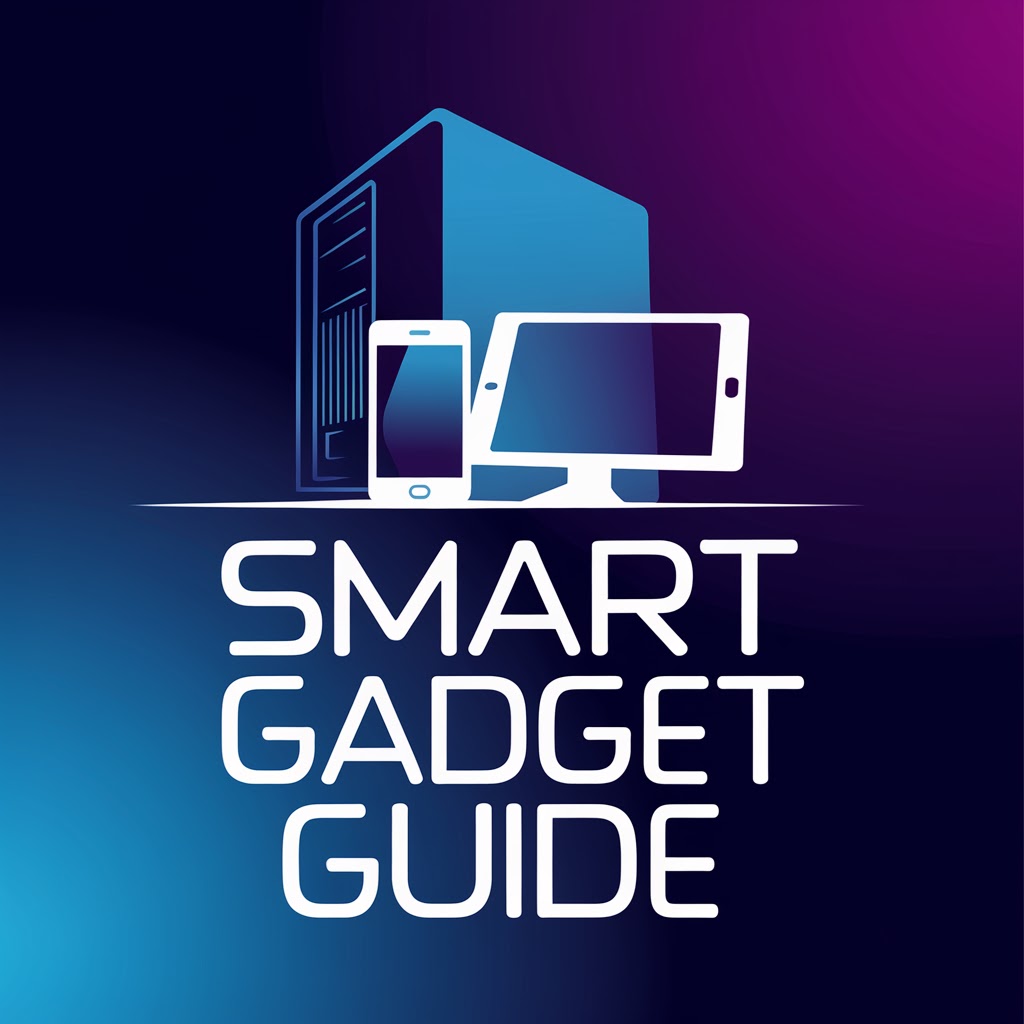Definition of a computer
Computers are used in many fields like banking, medicine, finance and education with increased preference. With the growth of artificial intelligence, computers will soon blur lines between man and machine.
Under such circumstances, a rudimentary knowledge of computers is essential for everyday work. For those who are not yet familiar with computers, now is the time to gain knowledge about this field. As children will be living with this scenario in future, their employment capability will be tested against computers. To make them future-ready, it is essential to prepare them for this inevitability.
You may have been using your computer for ages without knowing what its essential components, history, or even computer definition are. But now with your children ready to take the next step into learning computers, you may be beset by various questions that you cannot seem to answer.
This article is for those parents and their children who want to know what a computer is and what its various components are.
Brief history of
This journey of computers began in 1822 with Charles Babbage’s analytical engine, which was used to compute the product of numbers. Lady Ada Lovelace, considered to be the world’s first programmer, helped with the programming of the analytical engine.
Around a hundred years later, Alan Turing presented a concept of a universal machine which could theoretically compute anything.
Then J.V. Atanasoff, from the University of Iowa, actually made the first attempt to build a computer. But the first concrete effort came from two University of Pennsylvania professors who built the ENIAC (Electronic Numerical Integrator and Calculator) which filled an entire room and had around 18,000 vacuum tubes.
Two years later, a green light for building UNIVAC came from the US government to make the first computer for commercial and business applications. Then came a fundamental design switch to transistors a year later when transistors replaced vacuum tubes. This paved the way for integrated circuits which form the processor chip of modern computers.
In 1953, the first programming language COBOL was developed, and FORTRAN followed it up. But the shift of computers beyond the scientific world came in 1964 when Douglas Engelbart showed a computer prototype with a mouse and a Graphical User Interface. It made computers user friendly and made them favourable for general use.
Following this, there was a parabolic rise in the development of computers with Bell Laboratories, IBM and Apple Inc. They made significant headways into the development of computers.
Apple announced the new personal computers that eventually took over the market in 1976. This was followed up by Microsoft’s Windows. These two significant companies prove to be the game changers in the personal computer field, and the rest is history.
Types of computer
Computers can be differentiated based on their modes of functioning as well as their size and functionality. Here they have been divided into different types of computers without considering any of these factors.
1. Analogue computer
These are old models of computers that work on the continuous analogue signals rather than discrete signals. They are not very accurate but extremely fast.
2. Digital computer
Computers that use this binary system of counting using electrical pulses of ON and OFF are known as digital computers. They function on discrete values and are generally more accurate.
3. Hybrid computer
Computers that have features of both digital and analogue computers are known as hybrid computers. The analogue part of a computer handles very complicated mathematical computations while digital components handle these numerical and logical systems
Mainframe computers are computers that are accessed simultaneously by several thousands of people at once. They are used in fields of banking and telecom where they have to handle millions of requests together in minimal time.
5. Super computer
These massive computers are used in the fields of engineering and scientific computations. They usually perform over a million instructions per second.
6. Servers computer
Servers are large repositories of information. They supply information to any computer that is on the same network as them. Many people access servers at the same time so servers need to handle large amounts of traffic.
7. Workstation computer
This type of computer that scientists and engineers may be familiar with is called the workstation. It is generally used in scientific applications and has a faster microprocessor along with a spacious memory.
8. Microcomputer
This last type of computer is a microcomputer which is nothing but a personal computer that you use at home. These computers are built for light use such as listening to music, or playing movies or accessing the internet.
This list concludes various types of computers that are available right now the world over.
Website owner Akhilesh Yadav













0 Comments